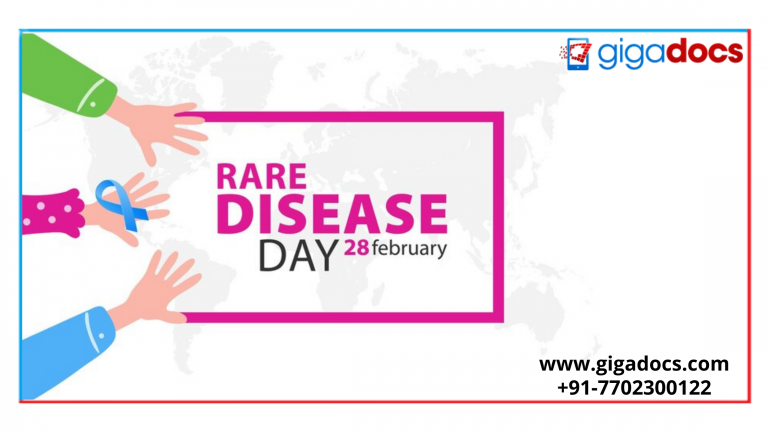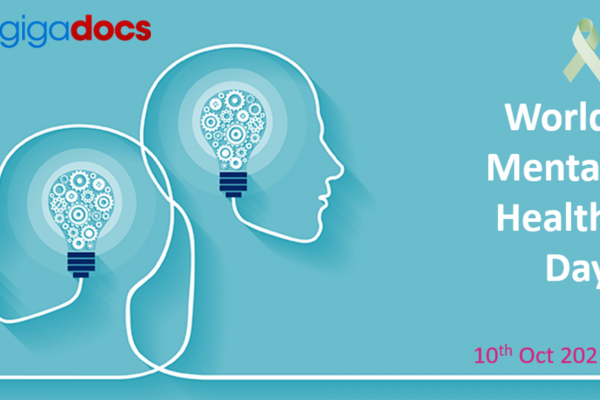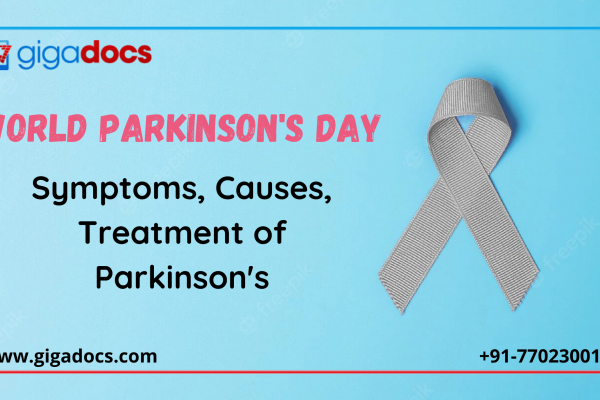Rare diseases are more often severe, chronic, and life-threatening illnesses. WHO defines a rare disease as a disorder or a lifelong disease that affects one or less per 1000 population.
- In India, a disease or disorder is rare if it affects fewer than one in every 2500 people.
- A rare disease affects less than 200,000 people in the US, which means 6.4 among 10,000 people.
- In Japan, when fewer than 50,000 prevalent cases (0.04 percent) in the country are affected, it’s called a rare disease.
- A disease is considered rare in the European Union if it affects fewer than one in every 2,000 people (5 in 10,000 people).
Humans are affected by over 7,000–10,000 rare diseases, with only a few hundred of them being treatable. Because rare diseases are frequently challenging to diagnose, obtaining an accurate diagnosis can take years. Eighty percent of these diseases have genetic origins, half of them affect children. Rare diseases are devastating and costly for patients’ families. Most rare diseases are life-threatening, chronic disorders that impose medical and financial burdens on patients and their caretakers.
Orphan Disease
The prevalence of rare diseases varies by population, a rare disease in one population may be common in another. This is especially true for hereditary and infectious diseases. Cystic fibrosis is uncommon in most parts of Asia; however, it is relatively common in parts of Europe and European-descent populations. The founder effect can cause a disease that is extremely rare in the rest of the world to become prevalent in a small community. Many infectious diseases are common in one geographic area but uncommon elsewhere. Other conditions, such as many rare cancers, have no discernible distribution pattern and are simply uncommon. Because of the scarcity of treatments resources, rare diseases are also called orphan diseases.
Top 10 Rare Diseases that Infect
- Progressive Multifocal Leukoencephalopathy (PML)
Myelin destruction occurs in progressive multifocal leukoencephalopathy (PML). Myelin is a fatty substance that safeguards brain areas and the spinal cord nerve cells. It only causes disease when the immune system severely weakens for reasons such as HIV/AIDS or organ transplant recipients. PML affects approximately one in every 200,000 people.
- Paraneoplastic Neurologic Syndromes (PNS)
The term “paraneoplastic” explains that neurological syndrome is caused by the tumor’s immunological reactions rather than the tumor itself. The patient’s immune system can cause collateral nervous system damage, which can be severe in some cases. The immune response can cause nervous system damage that far outweighs the tumor’s damage in many patients.
- Dercum’s Disease
Dercum’s disease is an extremely rare disorder explained by multiple, painful fatty tissue growths (lipomas). These growths are most common on the trunk, upper arms, and upper legs. Affected individuals may also experience weight gain, depression, lethargy, and/or confusion in some cases. Dercum’s disease primarily affects adults, with women being affected more than men.
- Fahr’s Disease
Fahr’s Disease is a rare degenerative neurological disorder characterized by abnormal calcium deposits (calcifications) and associated cell loss in specific areas of the brain. As the condition worsens, paralysis may occur, accompanied by increased muscle stiffness (rigidity) and restricted movement (spastic paralysis). The symptoms include progressive deterioration of cognitive abilities (dementia) and loss of acquired motor skills.
- Neuromyelitis Optica (Devic’s disease)
Neuromyelitis Optica, also known as Devic disease (DD), is a chronic nerve tissue disorder explained by the optic nerve and spinal cord inflammation. Devic disease can be confused with multiple sclerosis in its early stages.
- Tardive Dyskinesia
Tardive Dyskinesia (TD) is an involuntary neurological movement disorder caused by dopamine receptor blocking drugs to treat certain psychiatric or gastrointestinal conditions. Long-term use of these drugs may result in biochemical abnormalities in the striatum, a brain region. Slower twisting movements of the neck and trunk muscles are symptoms.
- Landau Kleffner Syndrome
A loss of verbal language comprehension and expression (aphasia) in conjunction with severely abnormal electroencephalographic (EEG) findings, which frequently result in seizures, explains Landau Kleffner syndrome (LKS).
- Alpha-1-Antitrypsin Deficiency (A1AD)
Alpha-1 Antitrypsin Deficiency (A1AD) is a hereditary disorder with low protein levels in the blood called alpha-1 antitrypsin (A1AT). This deficiency can predispose a person to several illnesses, the most common of which is emphysema, followed by liver disease and, in rare cases, panniculitis. Smoking and specific occupational exposures hasten the progression of A1AD.
- Cyclic Vomiting Syndrome (CVS)
CVS (cyclic vomiting syndrome) is a rare disorder with unknown causes characterized by recurrent bouts of severe nausea and vomiting. An episode can last anywhere from a few hours to several days, followed by a period when affected individuals are free of severe nausea and vomiting. Associated nausea and vomiting can be incapacitating; for example, individuals may be unable to walk or talk and/or be bedridden. Other symptoms that may occur include headaches, pale skin, lethargy, and abdominal pain. Some children may outgrow these episodes as they grow older, but many of these children will eventually develop migraines.
- Spinal Muscular Atrophy (SMA)
SMA is a group of inherited disorders explained by the loss of specific nerve cells known as motor neurons. Motor neurons transmit nerve signals from the spinal cord (brainstem) to glandular tissue or the muscle. Motor neuron loss causes progressive muscle weakness and wasting in muscles closest to the body’s trunk like the shoulders, hips, and back, muscles required for crawling, walking, sitting up, and controlling one’s head. SMA can affect muscles involved in breathing, feeding, and swallowing in its more severe forms.
Causes of Rare Diseases
There are numerous causes of rare diseases. The vast majority are genetic, resulting from changes in genes or chromosomes. In some cases, disease-causing genetic changes pass from generation to generation. Many rare diseases are not inherited, including infections, some rare cancers, and some autoimmune diseases. While researchers learn more every year, the exact cause of many rare diseases remains unknown.
Treatments for Rare Diseases
Researchers have made strides in their understanding of diagnosing, treating, and even preventing a wide range of rare diseases. However, there is still much work to be done because most rare diseases have no treatments.
Rare Disease Day
Rare Disease Day aims to raise awareness of the over 9000 rare diseases, many of which have no treatment and affect over 300 million people worldwide. Do you have any idea? Ribose-5-phosphate isomerase deficiency is the rarest known genetic disease, with only four diagnosed patients in 27 years. This year’s theme for Rare Disease Day (2022) is “Sharing Your Colors,” highlighting the various types of rare diseases.
Gigadocs for Rare Diseases
It can take five years or more for a person suffering from a rare disease to receive an accurate diagnosis. With more than 40% of patients misdiagnosed at the outset, this can have severe and long-term health consequences for the 300 million people affected by rare diseases and their families. It’s also highly aggravating.
Why is telehealth so crucial for people with rare diseases? First and foremost, patient safety is a significant concern. Many people with rare diseases have compromised immune systems, putting them at a higher risk of complications from COVID-19 and other illnesses. Second, many rare diseases have few providers who are experts in the disease. There can be a significant distance between where a patient lives and where their health care provider practices, leaving patients and often their family caregivers with no choice but to take time off work to see that provider. Furthermore, because there are so few specialists, they are typically concentrated in urban areas, making it difficult for patients outside of those areas to seek care.
Telehealth can help break down these barriers. Digital Consultation from Gigadocs provides initial consultation for chronic and non-chronic diseases available at a time convenient to you from your home, book your diagnostic tests and consultation on Gigadocs.
Reach us at:
- IOS App – apple.co/2W2iG4V
- Android App – bit.ly/33AQoRC
To know more e-mail, at info@gigadocs.com




